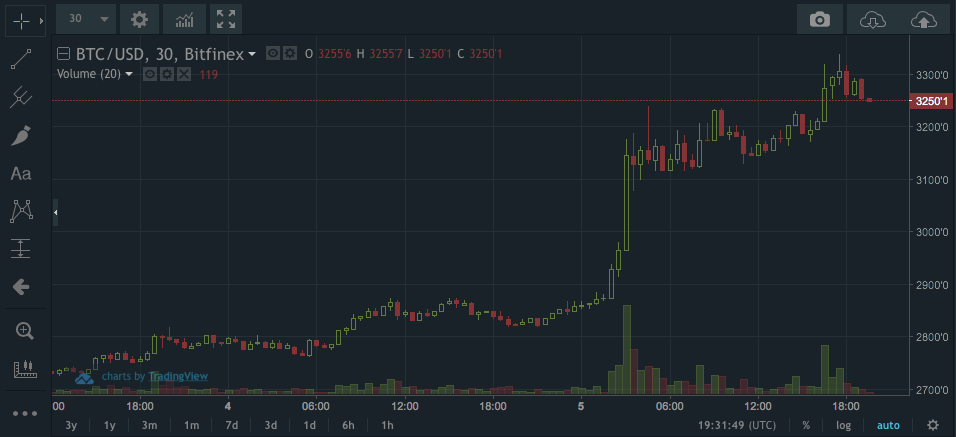
Overview
Even if you are only moderately interested in Bitcoin, you have heard or read about the fork (or split) in the currency. There is now Bitcoin (classic) and Bitcoin Cash. As you can read here in another post, this has not had the cataclysmic negative effect on classic coin at all. In fact, I as I write this, Bitcoin has hit a record high in price. Meanwhile, Bitcoin Cash is suffering.
Will Bitcoin Cash even survive? This all depends really on how many around the world decide to mine it. Miners are what make the Bitcoin world run. Their computers process the digital transactions people make using Bitcoin and add them to its cryptographic ledger, known as the blockchain. In return for this effort, miners receive Bitcoins.
The Bitcoin Hard Fork
A group of investors and entrepreneurs, many based in Asia, are the ones behind the “hard fork”—not miners. These individuals were impatient in the lack of progress that Bitcoin has made in transaction scalability. There split off with the technology is an attempt to fix this. Admittedly, the transaction capabilities are a problem. Bitcoin can handle about seven transactions per second, which is a joke when compared with thousands per second handled by conventional systems like Visa and Mastercard.
The investors took matters into their own hands, and launched Bitcoin Cash. Bitcoin Cash runs just like Bitcoin, but no one knows if the mining community will buy into the newly created currency.
For years, there has been agreement within the larger Bitcoin community that eventually the software would need an adjustment to handle the growing number of transactions. But it has struggled to find a way.
The Block Size
The programmers in charge of updating Bitcoin’s code have resisted campaigns to increase the “block size,” or the number of transactions the system can process every 10 minutes. One argument against increasing the block size is that could shut out smaller players who cannot afford the hardware needed to mine bigger blocks, while making it easier for a few big players to gain control of the network.
Experts say Bitcoin Cash’s design does solve the capacity problem. But that does not mean it will survive. Bitcoin has gained users’ confidence not because it has the best design, but because it has the largest network and has been around for years. Its stable community of miners is crucial.
To get traction, Bitcoin Cash will have to attract its own critical mass of miners. As Emin Gün Sirer, a professor at Cornell and cryptocurrency expert, told Wired, one way that might happen is if miners decide that getting in early on mining Bitcoin Cash is a good bet, in the same way that it was for Bitcoin itself.
If that’s how things play out, it really could bring about a solution to Bitcoin’s capacity problem—either by taking over for the original, or by pressuring the Bitcoin community to get its own act together. For now, we all just have to wait and see!


